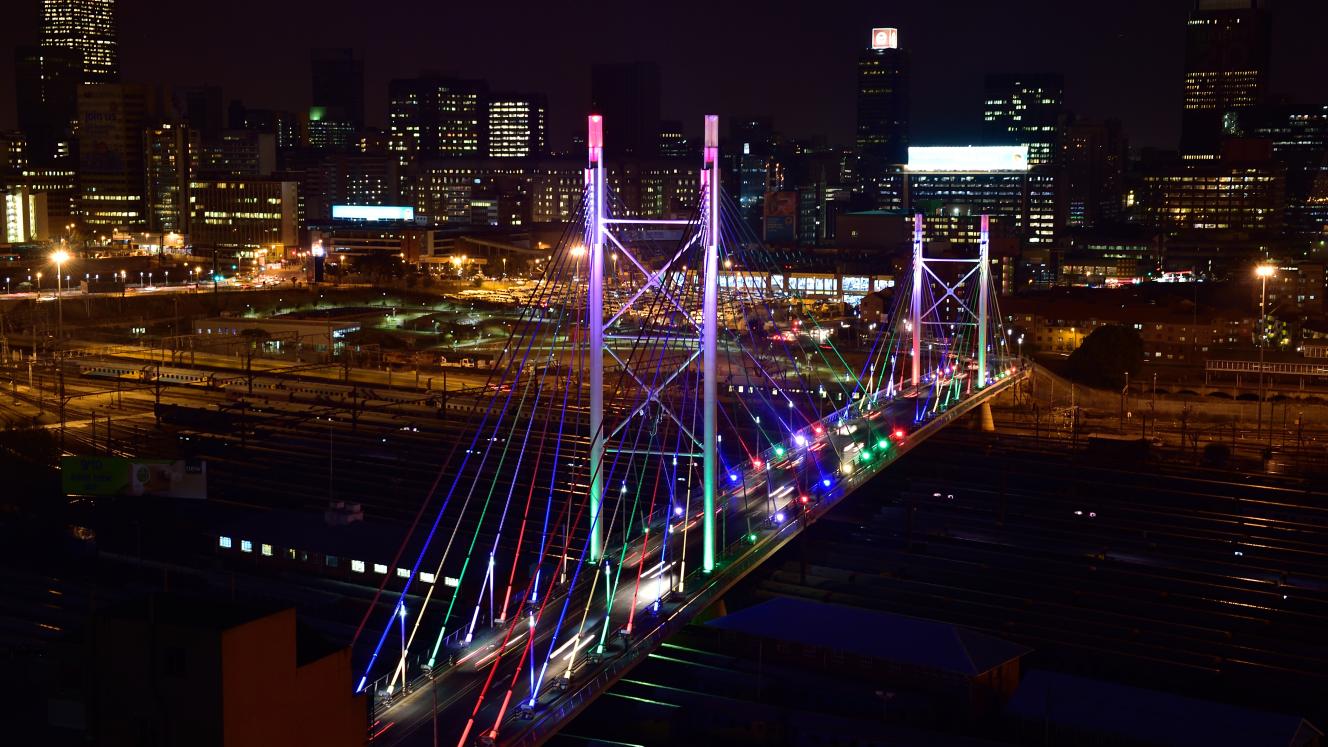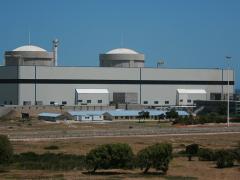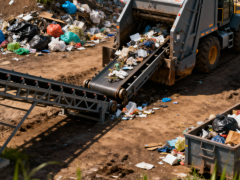For the first time, the National Energy Regulator of South Africa (NERSA) has received the required cost of supply (CoS) studies from every municipality that applied for tariffs in the 2025/2026 financial year. This marks a significant improvement in regulatory compliance following extensive support from NERSA and its partners.
Of the 178 licensed electricity distributors, 177 submitted CoS studies. The only exception was Phumelela Municipality, which no longer participates in the tariff process after ceding its distribution function to Eskom.
The progress is notable. When the CoS process began in 2020/2021, NERSA received just 34 studies with only two aligned to the regulator’s framework. In 2024/2025, only 76 licensees submitted CoS studies – a 43% compliance rate.
Briefing the Portfolio Committee on Electricity and Energy on November 26, NERSA’s Executive Manager for Electricity Regulation, Rhulani Mathebula, said the 2025/2026 improvements reflect collaboration with the South African Local Government Association, the Department of Cooperative Governance and Traditional Affairs and other institutions to help municipalities comply with the Electricity Pricing Policy and the cost-reflective tariff requirements under the Electricity Regulation Amendment Act.
“Approved municipal tariffs now fully incorporate CoS studies, ensuring compliance with NERSA’s regulatory framework,” he said.
CoS studies remain valid for five years unless major structural changes occur, meaning municipalities do not need to submit new studies annually. Each 2025/2026 tariff application was supported by CoS analysis, representing a shift towards more transparent and cost-reflective pricing.
NERSA’s analysis highlights why municipalities remain under financial pressure and why the regulator is cautious about approving full increases. To achieve cost-reflectivity:
- 2,82% of municipalities will require increases below 10%
- 55,37% will require increases of 10-20%
- 36,16% will require increases of 21-50%
- 5,65% will require increases above 51%
Regulator Member Nomfundo Maseti said, although the studies meet NERSA’s framework, concerns remain about the classification of legitimate cost drivers. “In some cases, we saw proposed increases of 90%, even 100%, which we did not implement,” she said.
NERSA plans to strengthen oversight by adding full financial audits to its long-standing technical audits of transmission and distribution assets. This will allow the regulator to verify information in municipalities’ audited financial statements, apply clawbacks where needed and detect undue over- or under-recovery – similar to the regulatory clearing account process used for Eskom.
Maseti also raised concerns about additional charges imposed by some distributors after NERSA has approved tariffs. “NERSA does not approve some of these costs,” she said. “In some instances, we don’t have jurisdiction over them.”
Compliance with licence conditions remains low. Across seven municipalities audited by NERSA:
- Only 14% met vacancy rate requirements with vacancies ranging from 20% to 73,75%
- None had ring-fenced their electricity business
- Only 43% were current on Eskom bulk payments with common delays and debt accumulation
- Only 14% had appointed a responsible person under the Occupational Health and Safety Act
- Only 14% had implemented maintenance plans while others faced budget constraints or lacked plans entirely
- Energy losses were acceptable in just 43% of cases
- Only one had a load forecast or master plan for future planning
NERSA has referred 20 licensees to its tribunal but Maseti noted that enforcement mechanisms under the Electricity Regulation Amendment Act remain too weak – an issue of growing concern as South Africa moves towards a competitive wholesale electricity market.
NERSA has invited municipalities to submit their next round of tariff applications by January 13 to ensure all 177 municipal distributors can be processed before the March 15 deadline following public consultation.













